The switch to wireless communication devices is becoming a more viable option for businesses. Wireless is necessary in worksites where hard wiring is difficult and network connectivity is required. Setting up wireless in the field is much different than setting up wireless at your home or office because the complexity of the system requires a high level of quality and service. Industrial operators that are new to the wireless connectivity ball game are often times unfamiliar with the technology. To help operators be more efficient and build a more effective wireless network platform, Moxa has created a list of six misconceptions operators have about industrial wireless networks.
1. Radiation pattern characteristics are generally the same for all antennas
A. Directional antennas
B. Omni-directional antennas
2. Increasing the antenna gain will increase wireless coverage area
A. Lower Gain Antenna
B. Higer Gain Antenna
3. Gain is the only factor of concern when selecting a type of antenna
A. Polarization
B. Impedance Matching
C. VSWR
4. Channel bonding will always improve the throughput of a wireless link
5. Higher data rates do not require more transmission power and modulation complexity
4. Any wireless device can be used in any wireless network, even for industrial applications
Read the full feature story on Moxa or access the Industrial Wireless Guidebook for more information.
About the Author
Moxa
Moxa

Leaders relevant to this article: